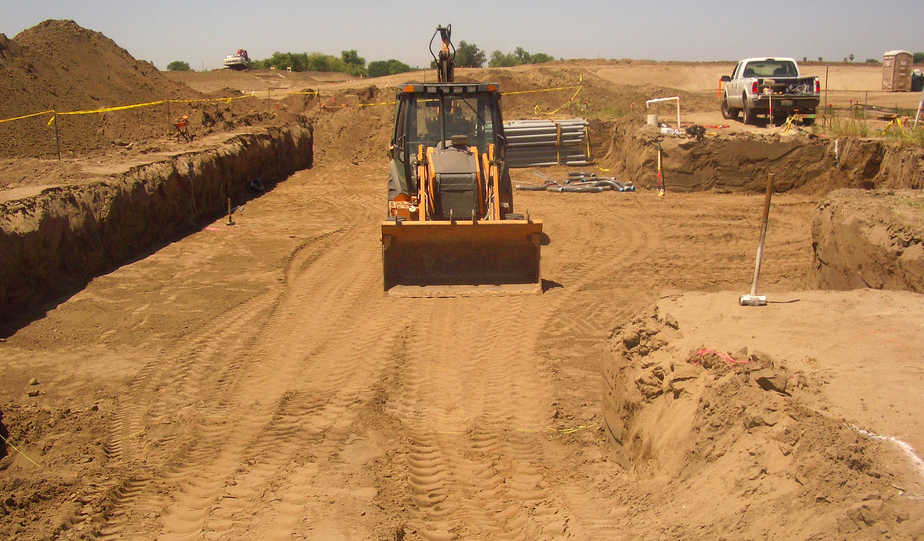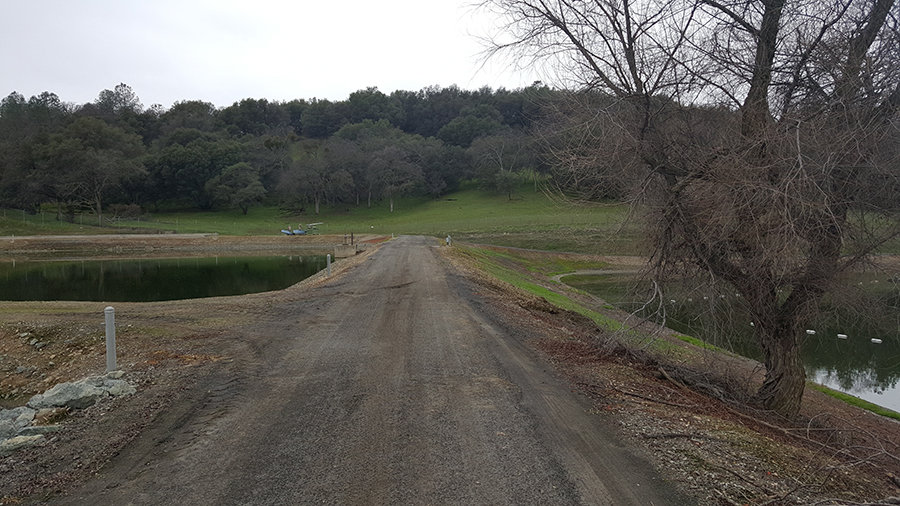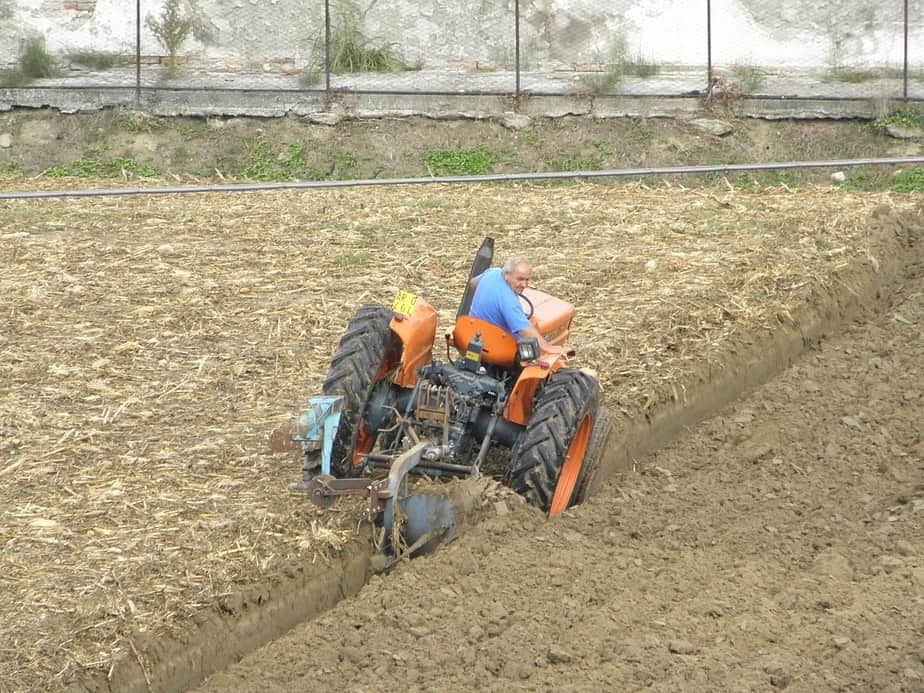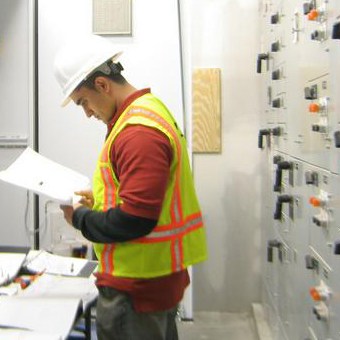How do you control dust on a construction site? Think water, barriers, polymers, stones, vegetation, and sweeping.
Believe it or not, dust control is a huge part of almost every construction project – it’s like an unwelcome guest that just won’t leave, unless you’re working in the frozen tundra, of course. I’d even go as far as saying that it’s a crucial element in prepping construction sites.
The golden rule here is to minimize the impact of dust on the surrounding area as much as possible. Otherwise, you might find yourself dealing with air and water pollution. Keep in mind that dust can travel long distances, both on land and in the air.
But before diving into the eight dust control techniques, let’s discuss some general guidelines.

Important Note: Airborne particles from construction sites can contain stuff like:
- Silica
- Asbestos
- Heavy metals
- Bacteria
- Pollen
Inhaling these things can trigger allergic reactions and respiratory issues. Not only are these health hazards, but they can also lead to liability concerns. Plus, these particles can wreak havoc on construction equipment.
General dust control guidelines

To cut down on dust control mitigation costs, follow these guidelines for every project:
- For large project sites, test a small area with your chosen dust control method before applying it to the entire project.
- Treat areas early in the day if you think dust will pick up later. This can help prevent issues caused by rising temperatures and increased vehicle traffic.
- Keep vehicle speeds in check on dusty roads.
- Limit vehicle travel on windy days.
- Adhere to the manufacturer’s specifications for all dust control methods.
- Use tillage for emergency dust control.
- Place sticky floor mats at construction area entrances.
- Tape all doors on construction trailers, except those used for access.
- Cover and seal storage materials.
- Identify major dust sources and use aggressive dust control methods to combat them.

Important Note: Each location and project has unique dust requirements. Make sure you’re familiar with your city, state, and contract dust regulations, as this will influence your choice of dust control method.
It’s also important to customize dust control plans for each project. No two sites are the same, especially when you factor in varying geographic locations. Some sites might be windier, while others could be hotter and more humid.
Method #1: Water

Water is the go-to method for dust control. It’s cost-effective and gets the job done.
Spray trucks can gently mist water on areas with dry, loose dirt, preventing dust from being kicked up and going airborne.
Just avoid using sprinkling systems that could create mud or flooding on public streets, as this poses a safety hazard for drivers.
Also, be mindful not to use too much water, as excess water can cause erosion and runoff issues. If the land can’t absorb the excess water, it’ll flow to neighboring areas, potentially causing damage.

Important Note: Try using recycled water. It’s often readily available at project sites and is an eco-friendly option.
Method #2: Barriers
Completely blocking off your construction site from the outside world isn’t realistic. However, you can creatively position barriers to control dust. Just set up tall barriers perpendicular to the wind’s direction, without any gaps. This way, you’re not stopping dust altogether, but at least you’re keeping it contained.
Usually, these barriers are wooden board fences, but any solid material will do the trick. You can use:
- Snow fencing
- Burlap fencing
- Crate walls
- Hay bales
Even trees and tall grass can act as barriers if they’re in the right place. Ultimately, you just want to block the wind from stirring up dust.
Keep in mind, though, barriers aren’t my go-to option due to the unpredictable nature of wind. If the wind changes direction, your barrier might become useless. Plus, setting up barriers can be a real hassle, especially for large sites.
Method #3: Mulch and vegetation

To use this method, you’ll need to plan ahead. By adding mulch and plants to your site, you can shield exposed soil, prevent airborne dust, and avoid erosion from excess water.
For example, grass roots can weave into the soil, holding it together. Just make sure to grow grass in areas you won’t be digging up, ideally where there’s only foot traffic.
A favorite technique among construction crews is hydroseeding, a planting process that involves spraying a mix of seeds and mulch from a truck.
The downside? You’ll need to water your plants regularly, which can be time-consuming without an irrigation system. And, be careful not to overwater and cause erosion.
Method #4: Polymer for soil stabilization
Ever seen a construction site with green stuff everywhere? That’s polymer application in action. This binding agent, both organic and chemical, is sprayed from water trucks.
Here’s how it works: you apply the polymer to dry soil, add water, and BAM! The water activates the polymer, forming a single layer on the soil surface. Soil particles stick together like glue, creating a barrier that’s practically impervious to water. Even the wind can’t pick up the dust and whisk it away!
These dust-fighting polymers can last for years, making them perfect for long-term projects. Plus, unlike water, you won’t have to spray the ground every day.
However, polymers are only suitable for light traffic areas, as heavy vehicles can disrupt the layer.
Overall, polymers help prevent soil structure degradation and erosion.
Method #5: Stones

Spreading stones all over a large project site isn’t feasible, but they’re great for construction roads, especially those frequented by big trucks.
Most sites I visit have stone-covered roads, even more so on bumpy ones. Without the stones, dust would engulf the entire area around the road.

Important Note: In high wind areas, use larger stones (4-6 inches) to prevent them from scattering and exposing the underlying dust.
Method #6: Chloride as a binding agent
This technique involves using:
- Calcium chloride (flake or liquid)
- Magnesium chloride (liquid)
- Sodium chloride (table salt)
These compounds help control dust, wind erosion, and soil stabilization.
How it works is, they absorb moisture from the air. Treated areas, like roads, stay damp, which stops airborne dust even in the hottest, driest, traffic-heavy conditions. They also bind aggregate particles together, hardening the ground surface.
But be careful! In high concentrations, these binders can be corrosive and sneak into groundwater. Always double-check if they’re allowed in your construction zone, as they can be controversial.

Important Note: You’ll need a minimum humidity level for this dust control method to work. The soil needs moisture in the air to absorb those binding agents.
Method #7: Tillage

Chisel plows to the rescue! By using these bad boys on the soil, deep tillage brings soil clods to the surface. You’ll want to dig trenches at least 6 inches deep, though.
This fresh surface material covers dust, keeping those pesky airborne particles at bay. The only catch is that tillage works best on flat land. Hilly areas? Not so much.
Method #8: Sweeping and cleaning equipment
Let’s face it, even the best dust control methods won’t catch every speck of dust on your construction site. There will still be pesky particles floating around where you don’t want them. So, invest in some sweeping and cleaning gear.
At the end of the day, do whatever you can to control dust effectively and safely.
“How do you control dust on a construction site?” wrap up
Controlling dust is a behind-the-scenes, yet critical part of almost every construction project. It takes a lot of short-term and long-term planning. To win the battle against dust, you’ll need to use a combo of methods for a successful prevention plan.
But, if you nail it, you’ll dodge a bunch of future problems. With climate change cranking up temperatures, dust control is more important than ever.
How do you control dust on a construction site? Do you think dust at project sites is a big concern?

Author Bio: Koosha started Engineer Calcs in 2019 to help people better understand the engineering and construction industry, and to discuss various science and engineering-related topics to make people think. He has been working in the engineering and tech industry in California for well over 15 years now and is a licensed professional electrical engineer, and also has various entrepreneurial pursuits.
Koosha has an extensive background in the design and specification of electrical systems with areas of expertise including power generation, transmission, distribution, instrumentation and controls, and water distribution and pumping as well as alternative energy (wind, solar, geothermal, and storage).
Koosha is most interested in engineering innovations, the cosmos, sports, fitness, and our history and future.
